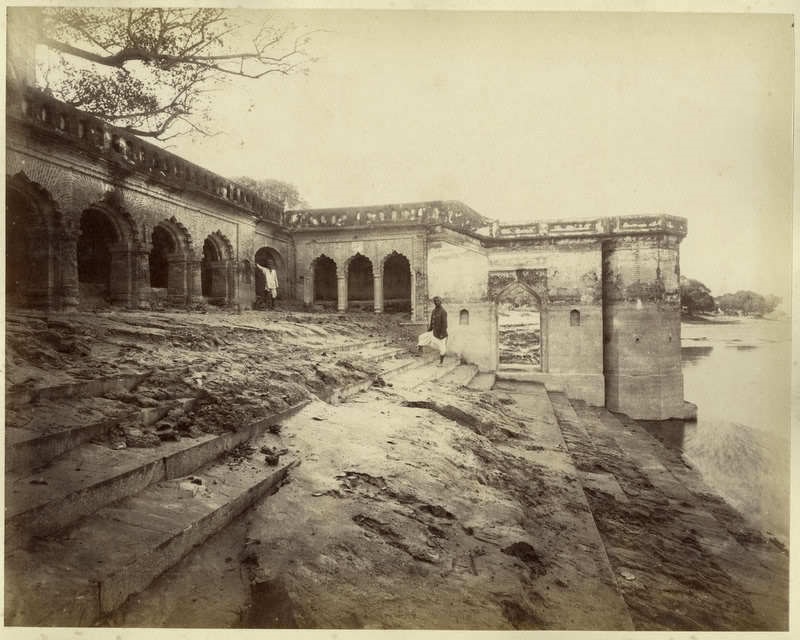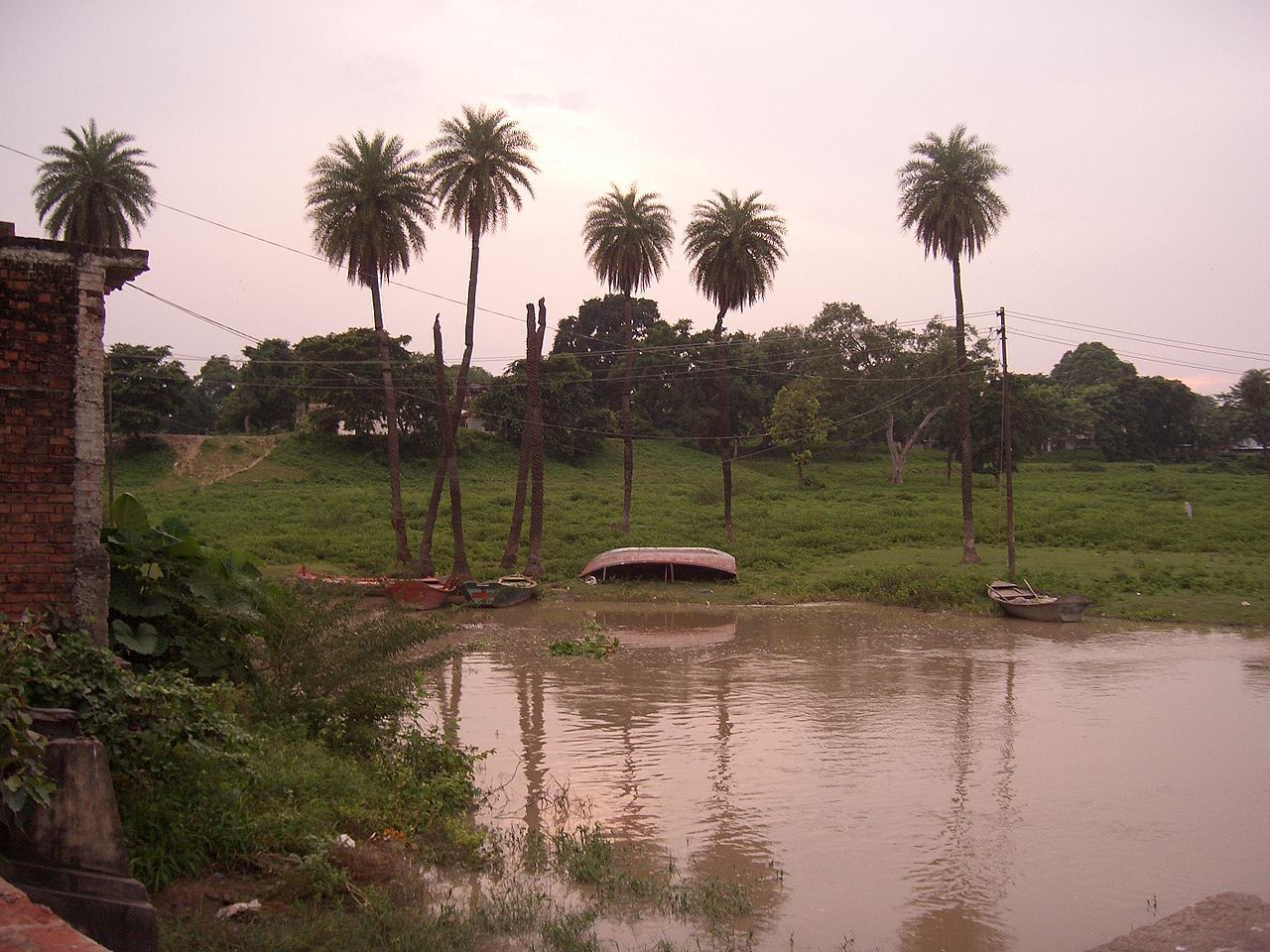The modern-day cantonment area of Kanpur is imperative to the city’s inextricable association with the British imperial rule in India, albeit in a dilapidated state now. This is obviously applicable to the colonial buildings and complexes, which has seen better days and are scattered around areas in proximity to the banks of the Ganga river.
Among many buildings is a ghat on the banks of Ganga which is curiously called the Massacre Ghat. This ghat was not always called so. Before the fateful events during the 1857 revolt, it was called Satichaura ghat. Here is the series of events that caused it to be renamed Massacre Ghat.

Revolt of 1857
This clear indicator of the dwindling presence of the erstwhile British rule veils a different kind of dilapidation – the fading knowledge of the present inhabitants. Only a fraction of people in this city lives to reminisce about the contribution of the British.
Kanpur, or its linguistically incorrect Anglicized name, Cawnpore, enjoyed the marvels of the British taking the Industrial Revolution to the East. It was soon referred to as the Manchester of the East, a homage to the British textile-hub.
But that deserves a separate narrative. Turning back to the Cantonment, a small road bifurcates from the major Tagore Road, leading to the Massacre Ghat.

The Leadership of Nana Saheb
What made Cawnpore stand out in the mutiny that before that fateful day, massacring Britishers or their allies in broad daylight was something unheard of. After all, the Indians were second-class citizens, completely submitting themselves to their Imperial overlords.
However, in Cawnpore, they faced Dhondu Pant, better known as Nana Saheb. He was an ousted Peshwa of the Maratha Empire. Subsequent to which he had grown a grudge against the Empire, which failed to recognize him as a legitimate heir under the Doctrine of Lapse.
Denied of his pension and stripped of his honor, an enraged Nana led an armed rebellion against the British. He made General Hugh Wheeler surrender by offering him and the other Britishers a safe passage to Allahabad.
Events of the Fateful Day
On 27 June 1857, Wheeler’s caravan reached Satichaura Ghat to commence their passage to Allahabad. People thronged at the stairs of the ghat as they saw their sahibs and memsahibs leave.
There exists some disagreement, both in the historical accounts and among historians, but a gunshot prevailed. This led to the rebels killing the British. The women and children were taken to Bibighar (a palatial complex for the ladies) where they too, were massacred by the rebels on Nana’s order.
Becoming Massacre Ghat
The unbelievable violence that the city faced makes it only fitting that the aforementioned ghat was henceforth called the Massacre Ghat. This Ghat is a painful reminder of the atrocities committed both by the rebel sepoys and the British, that continue to do so till this day.
It bludgeoned the British soldiers’ masculinity to such an extent that ‘remember Cawnpore’ became a war-cry for the British to go on a diabolical, inhumane rampage – which was justified under the pretext of seeking vengeance.
It is safe to say that Kanpur flourished under British rule. Almost a century later, became one of the first cities in independent India to get an IIT, the country’s flagship institute for science and technology. The Sepoy Mutiny has been embellished as the first collective attempt to seek independence from the British rule, but the violent acts of the Massacre Ghat may never be introspected.
